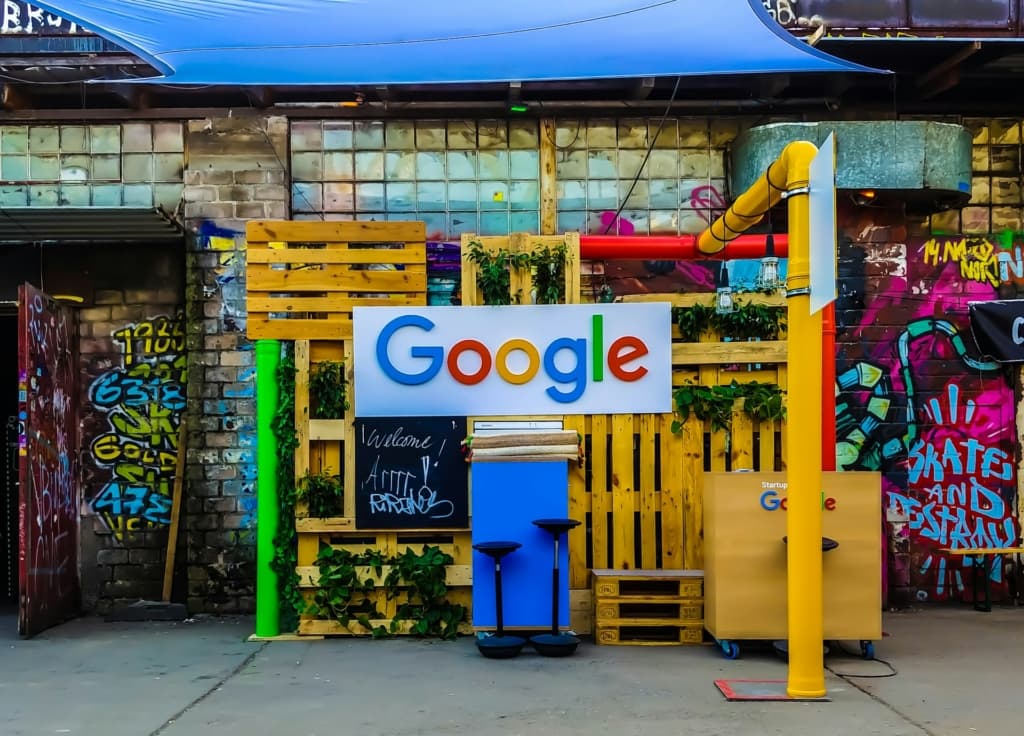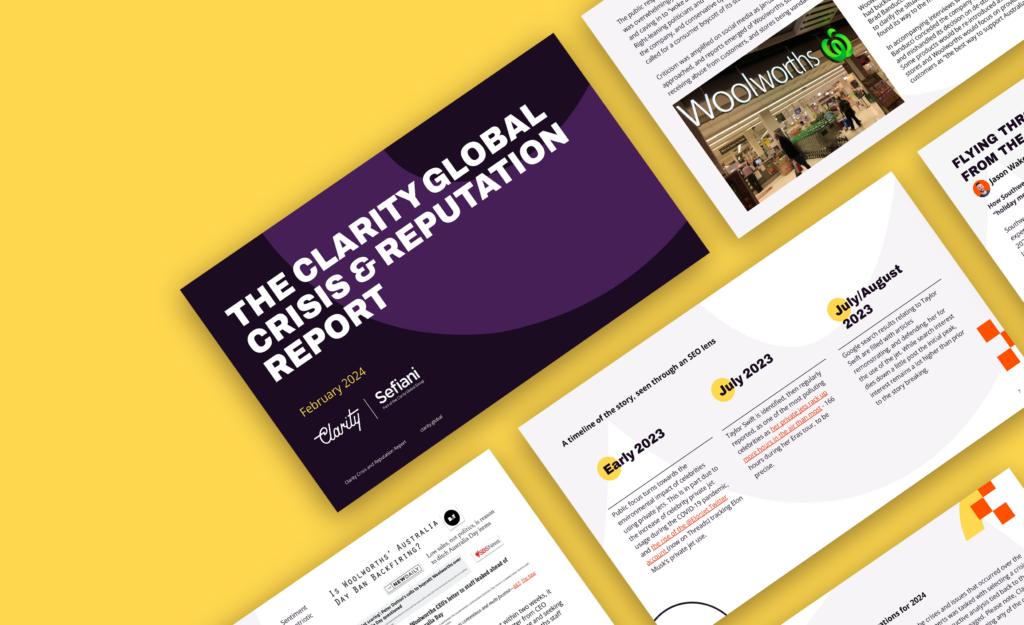There’s no worse feeling than going to your pantry or opening a cookie jar and picking up what you expect is a sweet treat, only to find it fall apart in one bite, crumbling all over your plate. However, when it comes to media companies and advertisers, their fears when it comes to cookies are a lot different than your everyday consumer. For so long, advertisers and adtech/martech companies have been heavily reliant on third-party cookies to track users across the internet, serving relevant ads depending on where they are in the customer journey. But, as it has been well documented, cookies are soon to be a thing of the past
While the cookie slowly crumbles, eventually going dormant in January 2022, advertisers shouldn’t be as fearful as they were initially. As privacy continues to dominate the decisions made by platforms and big tech companies, as it relates to the data shared with advertisers, previous shifts in the ecosystem, such as GDPR, CCPA, and the like, have prepared us to effectively game plan in an ever changing environment. But how do we keep our media strategies from going stale, even without the ability to rely on cookies?
Double Down on Access to First–Party Data
When we think about losing one thing, we automatically look for the next best thing. But, actually, turning to first-party data might be the best thing. Advertisers need to look to form more relationships where they can access first–party directly.
This newfound need will ultimately benefit publishers, because they are able to position themselves as a necessary resource for advertisers to access approved first–party data from subscriptions, newsletter sign ups, comment sections and more. This also opens the door for more contextual advertising opportunities, where advertisers can closely align their ads with the content from the publishers, to ensure brand suitability and relevance.
But first–party data doesn’t only come from publishers. Newly minted retail media groups, from Walgreens, CVS, Kroger, Walmart, and others that are soon to come, are rich with customer data, which advertisers can lean into. Retail media is already attracting a lot of attention, but is positioning itself nicely to be an important channel for advertisers to leverage in the post–cookie world.
Shifting Budgets to Shifting Eyeballs
Just like Retail Media, CTV is in a unique spot to become an even more important part of campaign budgets in the cookieless world. Video formats continue to be the medium brands turn to to captivate audiences and capitalize on the rapid adoption of streaming as the primary method of TV content consumption.
With new AVOD OTT platforms debuting and CTV players like Roku expanding different advertising capabilities, the relatively new arena of CTV will grow as a priority for marketers, but also become more competitive to break into.
The cookie was here for a good time and a long time, but all good things must come to an end, bringing adland and marketers to the point of innovation and opportunity to think differently about campaigns. This will give our industry a much needed refresh on KPIs and a push to diversify ad spend, which has far been reliant on digital and cookie tracking.
Special thanks to Emily McDonough, Vice President and Will Vogel, Senior Account Executive in NYC who contributed incredible research and insights to this article.
Photo by The Creative Exchange on Unsplash
Share this
MORE
INSIGHT
Fearless tactics to achieve your strategic success
As a consultancy, our full-funnel marketing and communications solutions are designed to fearlessly deliver business results across multiple industries and service areas.








